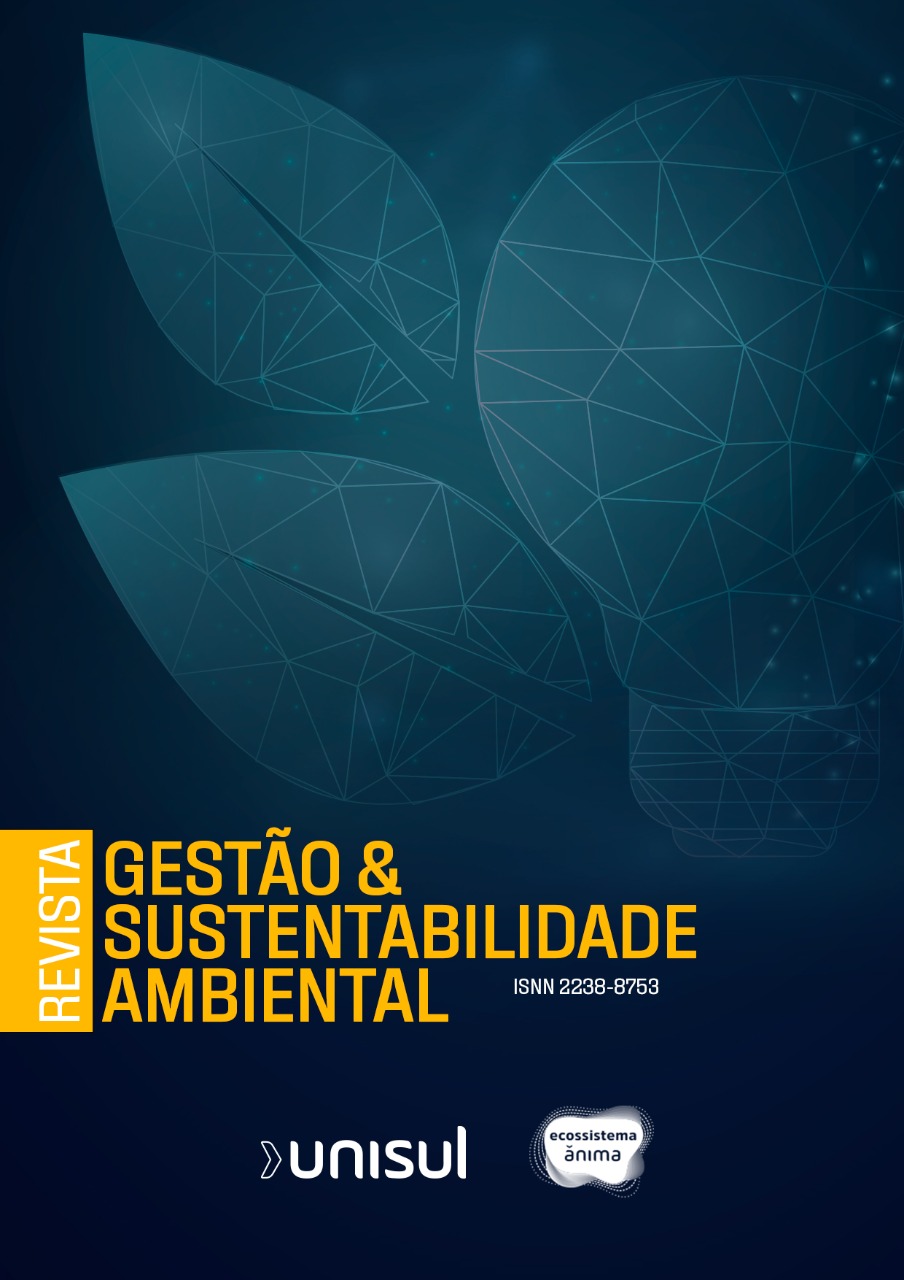PARECIS AQUIFER SYSTEM: NATURAL VULNERABILITY AND CONTAMINATION RISK
DOI:
https://doi.org/10.59306/rgsa.v11e1202293-117Keywords:
Utiariti aquifer, Salto das Nuvens, Ronuro, Vulnerability of aquifers, MAIA methodAbstract
This research aims to evaluate the natural vulnerability by MAIA method, and the contamination risk of Parecis Aquifer System (SAP) in Mato Grosso state. This method is a new proposal, among various existing methodologies, and it stands out for using only variables that can be measured in wells or aquifers with groundwater depth, specific capacity wells, aquifer transmissivity, soil thickness, terrain slope, and annual rainfall average, eliminating the inherent subjectivity in evaluation processes used until then. The vulnerability indexes calculated by MAIA equation, resulted in 96% for medium vulnerability wells, 3% for low vulnerability wells, and 1% for high and extreme vulnerability wells. The factors that mostly influenced high and extreme vulnerability wells were, low water depth, high specific capacity wells, high annual average rain values, combined with low slope terrain. All factors favor soil water infiltration, which can cause eventual contaminants.
Downloads
Published
Issue
Section
License

O trabalho Revista Gestão & Sustentabilidade Ambiental foi licenciado com uma Licença Creative Commons - Atribuição - NãoComercial - CompartilhaIgual 3.0 Brasil.
Com base no trabalho disponível em www.portaldeperiodicos.unisul.br.








